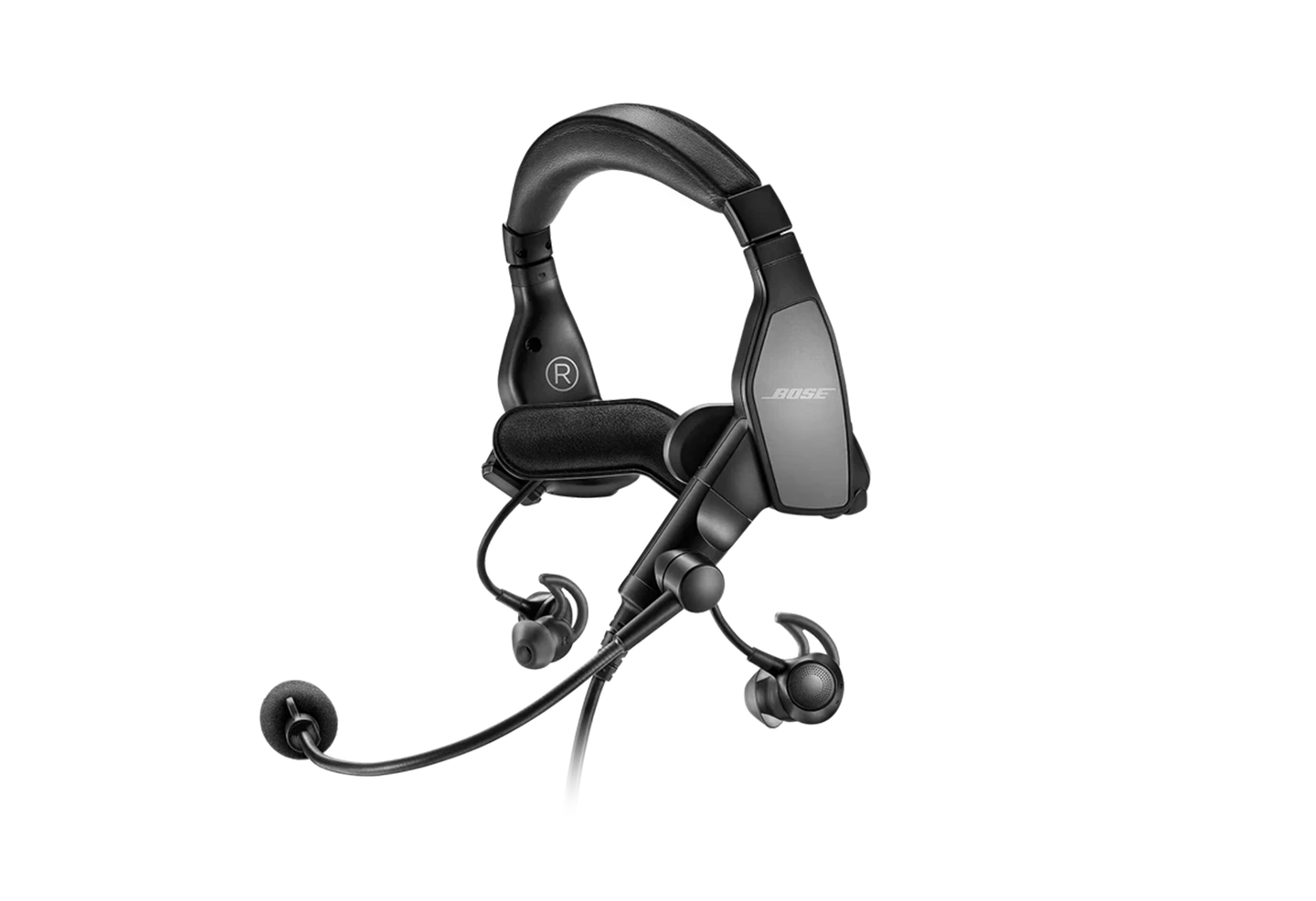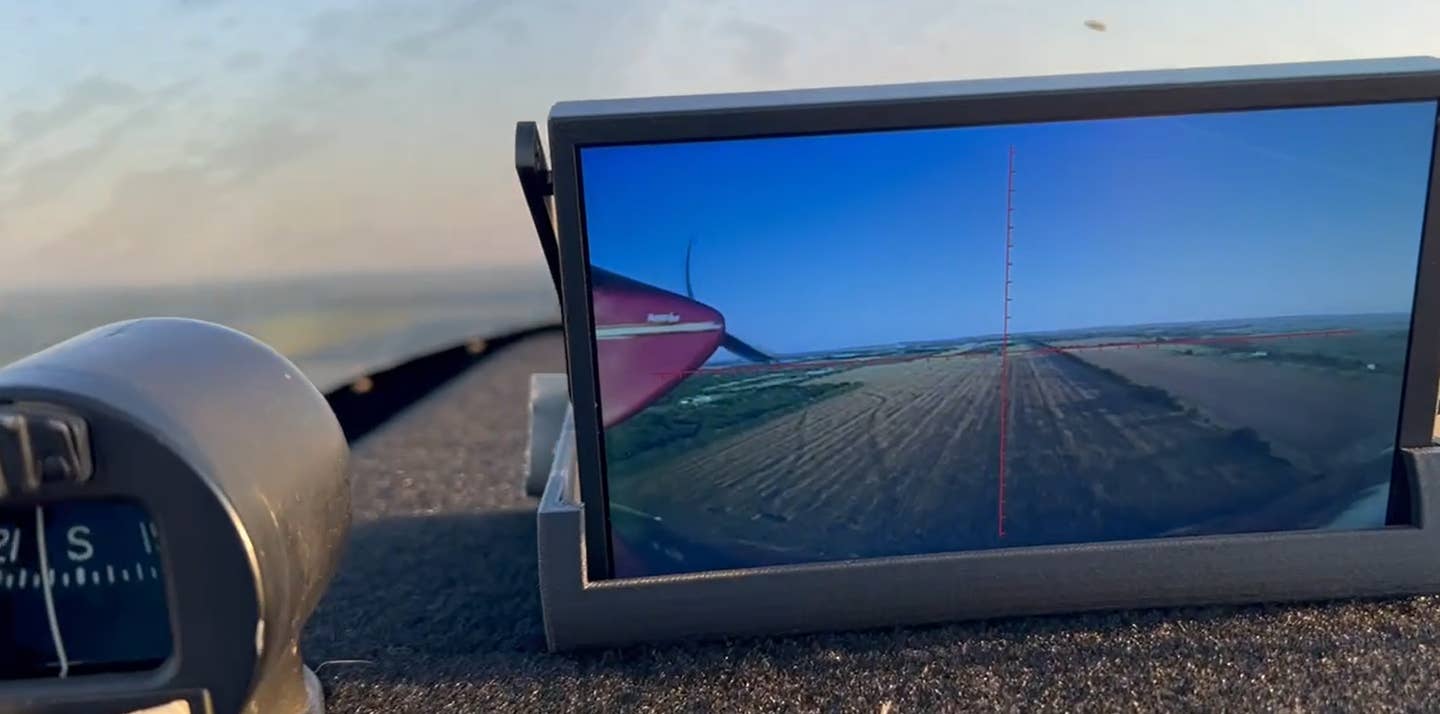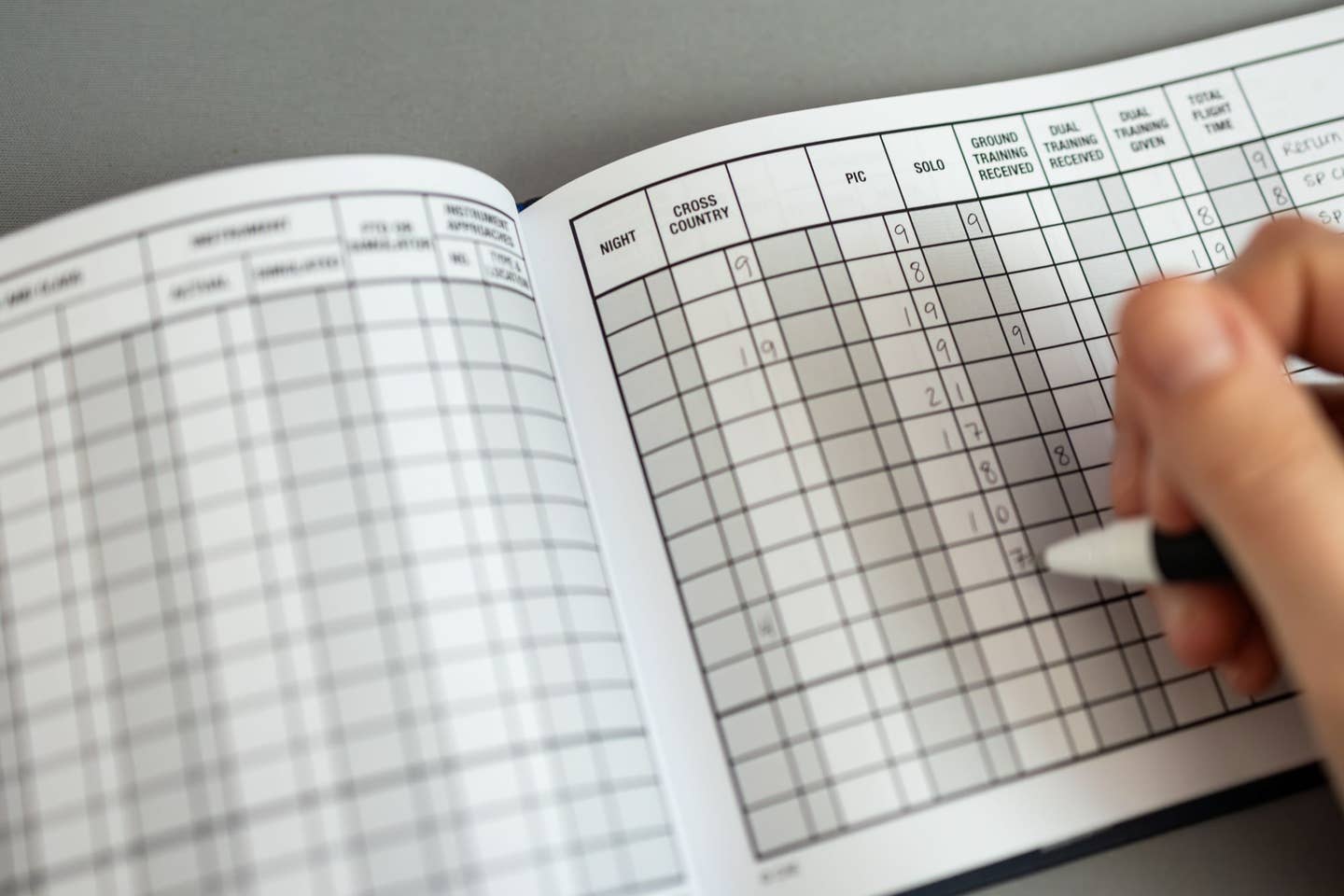
Going Direct Flying
(September 2011) No matter how much we might want to deny it, this age in which we live is defined by new technologies, new behaviors and new ways of looking at and interacting with the real world. Nowhere is this clearer than in the fast-changing world of publishing, where the model for how we deliver our content to our customers has irrevocably changed. If we've learned anything these tumultuous past 20 years, it's that unless we change, we'll be relegated to the status of MySpace and AOL. If you're unfamiliar with the references, you might want to search for their profiles on Facebook.
The changes to aviation are only slightly less extreme than those in publishing, but only because the devices in which we achieve flight are blunt physical machines made to bend air into lift and heat into propulsion. (This fact delights me to no end, by the way.)
Wayfarers of all descriptions — and that, at heart, is what we pilots are — have always needed a way to know where they were going and what kinds of monsters they might encounter inhabiting the depths along the way. When legend and word of mouth could no longer provide the best answers to our fears and questions, maps and charts were created to help us make the voyage, if not in complete safety then at least with some added peace of mind.
In aviation, the industry that supplies us with such charts was pioneered in the 1930s by one Elrey Jeppesen, a survey, charter, mail and airline pilot who obsessively jotted down the details — the terrain, the location of railroad tracks and cities and bodies of water — of his flights. He also developed approach procedures for many of the airports into which he regularly flew. Capt. Jeppesen's first little books cost 10 dollars a copy and kept countless pilots out of the trees. They were such a hit and their value was so obvious that before long the airlines (as parsimonious then as now) were among his first and best customers. It wasn't for many years that Capt. Jeppesen quit the day job to concentrate on his chart business, but by then the term Jepp was long synonymous with aviation chart.
I don't know how many decades he was in business before Mr. Jeppesen first used the term data, but today that's what the business is all about. It's not a printing business or a publishing business or a mapping business. It's a data business, and today the folks who run the company (which is owned in a supportive and smartly hands-off way by Boeing) call themselves a data company. How that data gets collected and later disseminated is the nuts and bolts of the business. The mission is getting the best data and then figuring out how to turn that into useful information. And no one is better at this than Jeppesen.
We pilots need data, because what we do, guiding our flying machines through three dimensions of space to a safe landing at a geographically and physically unique location on Earth, will never change. We will always need good data in a form we can use.
While that song remains the same, the manner of its delivery has changed, and in a revolutionary fashion. That said, the desire among the consumers (pilots, in this case) to hang onto the paper-based model will be strong for a time. That will fade, however, just as it has with music and books. If you know someone who owns and uses a Kindle e-reader, you know that the need for paper quickly fades.
It’s the same with music. Most of today’s consumers in this lucrative market could not care less about the media on which their tunes happen to reside. The music, they understand, isn’t the same thing as a compact disc, an LP, or an eight-track tape (ha!). In its most useful form, it’s a digital file (streamed or otherwise) that they can access from any number of home-based or portable electronic devices.
Except for the hopelessly nostalgic — in the spirit of full disclosure, I’ve still got an impressive LP collection — the idea is to listen to the music, not to own and handle the thing upon which it resides. There are obvious downsides with physical media. They are fragile — scratched records predate hip-hop by a century. They are not always portable — I seldom play my records in the car. They are subject to obsolescence — I still have a couple of eight-track tapes but, alas, no eight-track tape player, and they can be a pain in the lower back to store and haul around. I’ve declined a couple of chances to relocate simply because of my record collection.
And everything I’ve said about LPs is true about aviation charts, and then some. When we wind up at an airline terminal, perhaps relaxing with a latte and our aviation-enabled iPad, how can we feel anything but pity for the airline pilots we see lugging 60 pounds of charts through the terminal on their way to an early-morning flight?
Jeppesen Changing Paradigm
It’s not just the anachronism of lugging suitcases of charts around with us that needs to change. It’s more than that.
The fact of the matter is that the very way we think about charts, what they are and what they’re for, is based a great deal on the physical form they take. It almost rises to the level of superstition for many pilots, as though the piece of paper that represents the approach we plan to fly can somehow keep us safe. It can’t. What keeps us safe is the information contained on that chart and how it informs the pilot’s decision making.
So why do we need charts?
The short answer is, we don’t. And strangely enough, Jeppesen, a company that for many decades made its living producing and distributing paper charts — it has printed countless billions of them — is at the forefront of the move to do away with them.
If this seems like an odd direction for the world leader in aviation charting to be heading, then you don’t know enough about Jeppesen. The company has been creating digital charts for decades now, and it has for the past many years been working toward a world in which the chart doesn’t inform the data but the data creates the chart, something that Jeppesen refers to as a “data-driven” approach.
In the en route phase, data-driven navigation solutions make a lot of sense and are already, to a certain degree, being produced by many providers, most of them using Jeppesen data. Our nav displays, instead of showing stitched-together scans of paper charts, show us the information we want to know on the chart, at least some of it. On our MFDs and portable displays, we can see victor airways, intersections and other waypoints, the locations of VORs and airports, and more.
This is all very useful. For instance, when I’m on vectors and a controller clears me to intercept an airway and then to “resume own nav,” I don’t start tuning nav radios and twisting knobs; I just turn toward the airway, depicted on my MFD, and intercept it. I don’t particularly care to know what the frequency of the VOR that helps define the airway is; I just want to know where it is. That’s the information I need then.
Unfortunately, there is still a lot of data that doesn’t get included on these advisory-only electronic depictions of the en route environment. What’s the minimum en route altitude? Are there crossing altitudes? Reception limits? What about MOAs and restricted areas? What are their vertical limits, and are they active? These are all important pieces of information that are completely left off most electronic charts, which is why they are legally not for primary reference. This is why you need to tote along the paper chart, or at least a legal representation of it.
For now at least.
Human Factors
On a recent trip to Jeppesen’s headquarters in Englewood, Colorado, near Denver and adjacent to Centennial Airport (KAPA), I had a chance, among other treats, to spend an hour in the human factors lab seeing a number of products so experimental most don’t even have a name yet. And the concept of data-driven development is so central to nearly every one of these new pilot information tools that it almost goes without saying.
In this case, I saw a charting/FMS/display system that pushes the boundaries of the very concepts of each of those things. Two of Jeppesen’s human factors scientists were at the controls of the fixed-platform simulator and were navigating a route in at least four dimensions using the software. It was an eye-opener.
The system explodes the idea of the chart and transforms its data into a fluid, multifaceted tool that adjusts the information presented based on the phase of flight and the needs of the pilots.
This is not the stuff of science fiction. Jeppesen is already starting to integrate some of these functions into existing products. On its remarkable FliteDeck Pro electronic flight bag, for instance, Jeppesen offers an airport moving-map that includes everything you’d find on the paper chart and more. The pilot can even highlight the taxi clearance and share the screen with fellow pilots in the cockpit.
A descent, for instance, can be done automatically taking into account restrictions such as crossing altitudes, aircraft limitations and external inputs, including, potentially, traffic and pop-up airspace restrictions. The approach can be flown with numbers such as decision altitude, and with missed approach guidance displayed directly on the primary flight display, giving the pilot absolutely no reason to check the chart. In fact, there is no chart and no need for one. A chart, in this case, would be at best redundant and at worst a hazard.
The ultimate goal is to free the pilot of the onerous job of being the interpreter of data, a challenging task that has led to many tragedies.
Charts won’t be going away today or tomorrow, however. Even though Jeppesen is printing less than half the pieces of paper it used to, the need for charts for reference will continue for some time as our displays and the software that drives them evolve. Exactly what they will evolve into remains to be seen, but they will at heart be systems that transform raw data into information in a way that maximizes our efficiency and minimizes our risk.
And I, for one, won’t miss the piece of paper.

Sign-up for newsletters & special offers!
Get the latest FLYING stories & special offers delivered directly to your inbox






